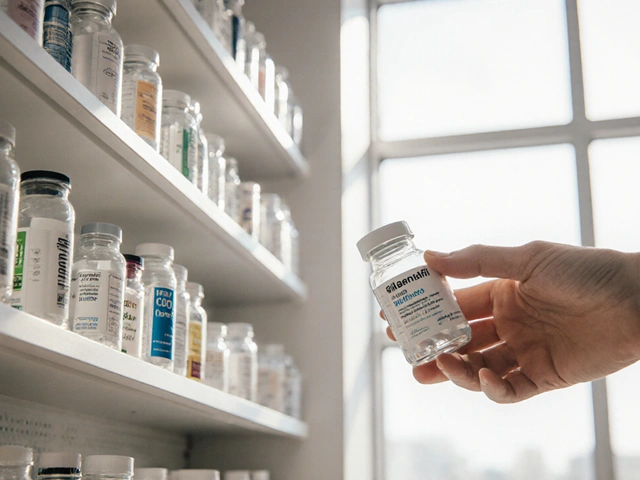Statin Alternatives: Practical Ways to Lower Cholesterol
Not everyone can take statins. Muscle pain, interactions with other drugs, pregnancy, or personal choice can push people to look for other options. This page shows the most useful alternatives—what works, what to avoid, and how to talk to your doctor about switching or adding treatments.
When to consider an alternative
If you get side effects despite trying different statins or dosing schedules, or if you have a condition that makes statins unsafe, it’s sensible to consider other routes. First step: don’t stop a prescription on your own. Ask your provider to confirm true intolerance, check other causes for symptoms (like low thyroid or vitamin deficiencies), and review interactions with medicines you take.
Proven non-statin options
Prescription choices:
- Ezetimibe — lowers LDL by blocking cholesterol absorption in the gut. Often added to statins or used alone when statins aren’t tolerated.
- PCSK9 inhibitors (e.g., evolocumab, alirocumab) — injected every 2–4 weeks, they cut LDL a lot. They’re powerful but can be costly; insurance coverage varies.
- Bempedoic acid — an oral drug that lowers LDL and can be an option for those intolerant to statins.
- Bile acid sequestrants and fibrates — older drugs that still help specific cases, especially when triglycerides are high or statins are unsuitable.
Supplements and nutraceuticals:
- Soluble fiber (psyllium, oats) — modest LDL reduction when taken consistently.
- Plant sterols — 2 grams daily can lower LDL by about 5–10%.
- Omega-3s (prescription formulations) — good for high triglycerides; OTC fish oil is less predictable.
- Red yeast rice — contains monacolin K, which is chemically similar to lovastatin; it can lower LDL but risks the same side effects and quality varies by brand. Always consult your clinician before using it.
Lifestyle moves that actually change numbers:
- Follow a Mediterranean-style diet: more vegetables, whole grains, legumes, fish, and healthy oils; cut saturated fats.
- Lose even 5–10% of body weight if you’re overweight—LDL and triglycerides improve.
- Exercise regularly: 150 minutes of moderate activity weekly helps lipids and overall heart risk.
- Quit smoking and limit alcohol—both affect heart risk beyond cholesterol.
Practical tips: get a baseline lipid panel and set LDL goals with your clinician. If cost is a concern, ask about generics, patient assistance programs, or clinic resources. If you’re exploring supplements, pick brands with third‑party testing. And remember: alternatives can be combined for better results, but your doctor should guide that plan.
Want more reading? Our site collects reviews and guides on specific drugs, supplements, and online pharmacy safety to help you make informed choices. Talk to your healthcare team before making changes—your plan should match your overall heart risk, not just a single number.

Switching Statins: Dose Equivalence, Side Effects, and Insurance Insights
Explore what doctors consider when switching statins. Get the scoop on dose equivalence, side effects, and insurance factors. Simple, practical, and human.
Detail




